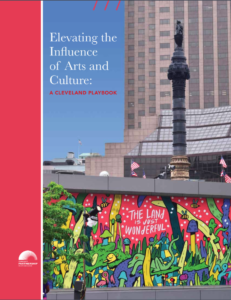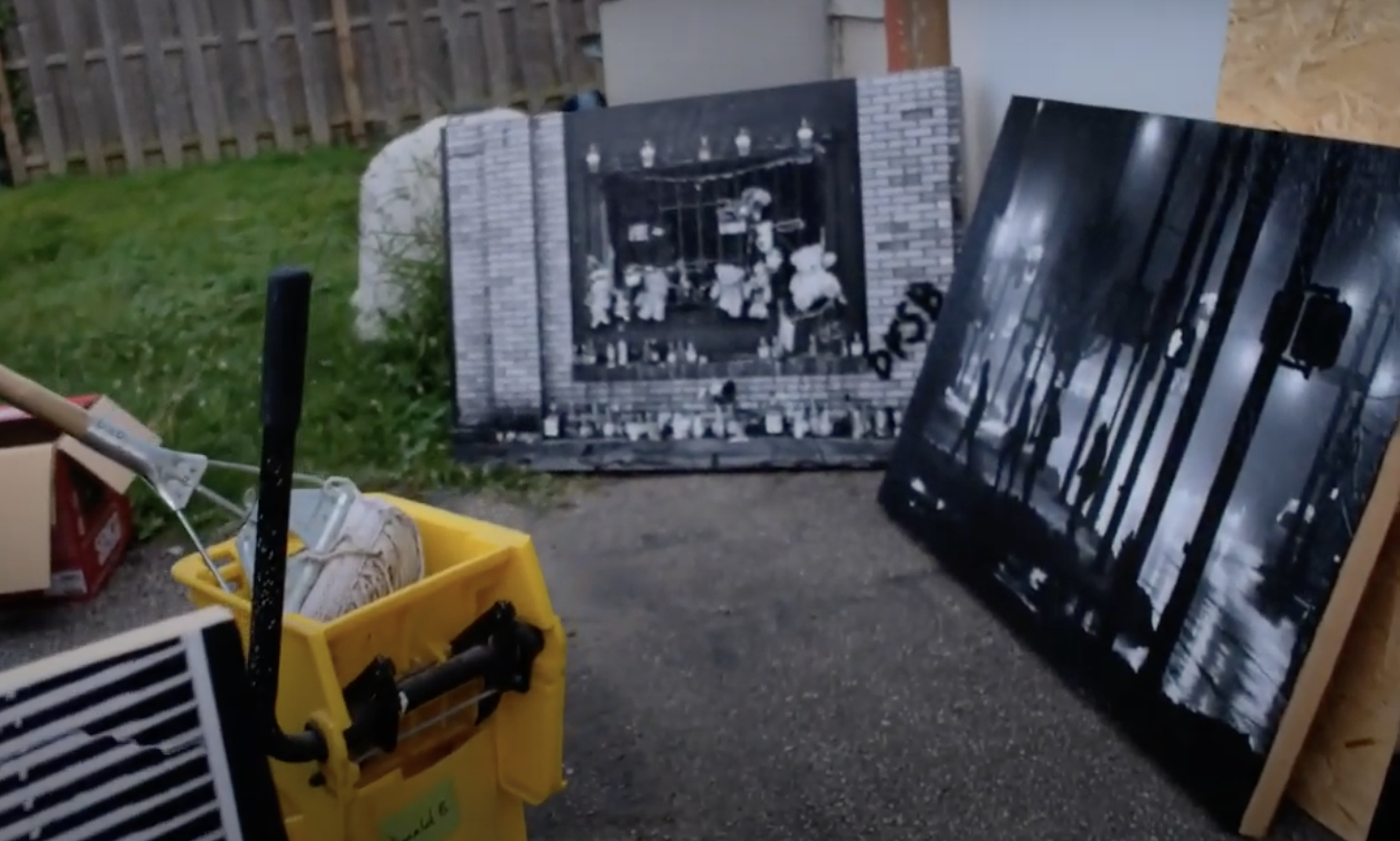Inside the Margins
A Cleveland Literature Industry Study

Inside the Margins: A Cleveland Literature Industry Study was commissioned by Arts Cleveland—formerly the Community Partnership for Arts and Culture—and is the result of research conducted and analyzed by the Center for Economic Development at the Maxine Goodman Levin College of Urban Affairs at Cleveland State University (CSU). The report on the Cleveland Literature Sector is the fourth in a series of studies that explores the various artistic disciplines in Cuyahoga County.
For the study, the CSU research team acquired the Quarterly Census of Employment and Wages data for Cuyahoga County from 2005 to 2015, and used the U.S. Bureau of Labor Statistics’ Standard Occupation Classification definitions. The team also gathered quantitative and qualitative data by conducting an online Survey of Literary Artists, one-on-one interviews and a focus group. The purpose of the data and their analysis is to provide a sense of the local sector’s advantages, challenges and economic impact.
Access the full report by CSU on their website.
At Its Very Best
At Its Very Best is a commissioned short documentary by local artist, Donald Black Jr. Interviews begin to illustrate the impact of violence and what the arts can do in the lives of those affected by trauma. In partnership with Arts Cleveland, he interviews youth, educators, healthcare providers and public safety experts.
After the 13-minute video was released in December of 2018, Black spoke on his experience creating the video and invited a conversation. Scroll down to watch the full video.
A woman in the audience recalled drawing quite a bit when she was growing up. The arts, she said, kept her and her friends, many of whom lived under the poverty line, out of trouble. As an adult, she was working with a group of kids who were labeled "troubled" or "bad." They were given paintbrushes and asked to paint a mural for a daycare center. She had her doubts that the project would be taken seriously, but something amazing happened. To her surprise, these kids, some from gangs, others from rough areas, and all from different backgrounds worked together on this project with a camaraderie she hadn't seen from them before.
It was a great example of what we are trying to say with the video. While editing the documentary, Black, who was himself defined by his art-making, was continuously listening for something to hit on a very personal level. What stood out, and ultimately became the title, was something said by Toni Starinsky late in the video. She was Black's photography teacher in high school who he describes as "a white person who has really been in the mud.” In her interview, she says, “If arts does anything, it should teach thinking, empathy, and give children hope. That’s what it does at its very best.” Throughout his life, art acted as the counterbalance to what violence did to Black. He didn’t realize at the time that he was healing himself with art because it was happening in a very subconscious way. But the longer he has created art, the more he has realized its impact on his life. “For Starinsky to say that at its very best, art can heal some simple ails, that’s what this is all about.”
As an adult and successful artist, Black wants to be in the neighborhood where he grew up for precisely this reason. He was being pulled in other directions including his life in New York and neighborhoods throughout Cleveland he called “white bubbles,” but he was committed to being present in his own community.
As a kid, Black grew up on the southeast side of Cleveland. From 7th grade on, he had to ride the RTA from his neighborhood to Cleveland School of the Arts, where he was a student. “There was a huge divide between what was going on where I was living and what was happening where I was going.” Black wants to make the community where he grew up a place for people visit to see artwork, and a place for black kids growing up in urban communities to see and experience artwork. His now owns a building on Kinsman. It allows him to be there when people want him, especially young people.
About his murals in the neighborhood that stand roughly 20 or 30 feet tall, Black adds that he wants his little cousin to feel as big and tall as those murals they see themselves in. “Kids say, 'That’s me in the mural.' There are lots of young people showing up,” and he and the art are there when they need him.
Elevating The Influence of Arts and Culture
A Cleveland Playbook
 A history, of the tactics that contributed to successes in the Cleveland, Ohio, area to realize the fuller potential of arts and culture. You’ll also see call-out material with more concrete, universal lessons to help you apply those tactics in a variety of settings. 2018.
A history, of the tactics that contributed to successes in the Cleveland, Ohio, area to realize the fuller potential of arts and culture. You’ll also see call-out material with more concrete, universal lessons to help you apply those tactics in a variety of settings. 2018.
As a result of CPAC’s work:
- Tax money has been directed for arts and culture
- Facilities have been built or renovated
- Governments have become involved
- Creative businesses have merged or collaborated
- Innovative cross sector partnerships have emerged
Through CPAC’s process outlined in the playbook, organizations and communities anywhere can see what worked in Northeast Ohio and what did not. Any one of the strategies in this playbook could be beneficial, depending on a community’s vision and current situation. It is our hope that our story can provide other organizations with insight into how they might strengthen their own arts and culture sectors and thus their whole communities.
Spiral-bound print copies available by request.



